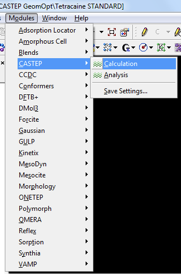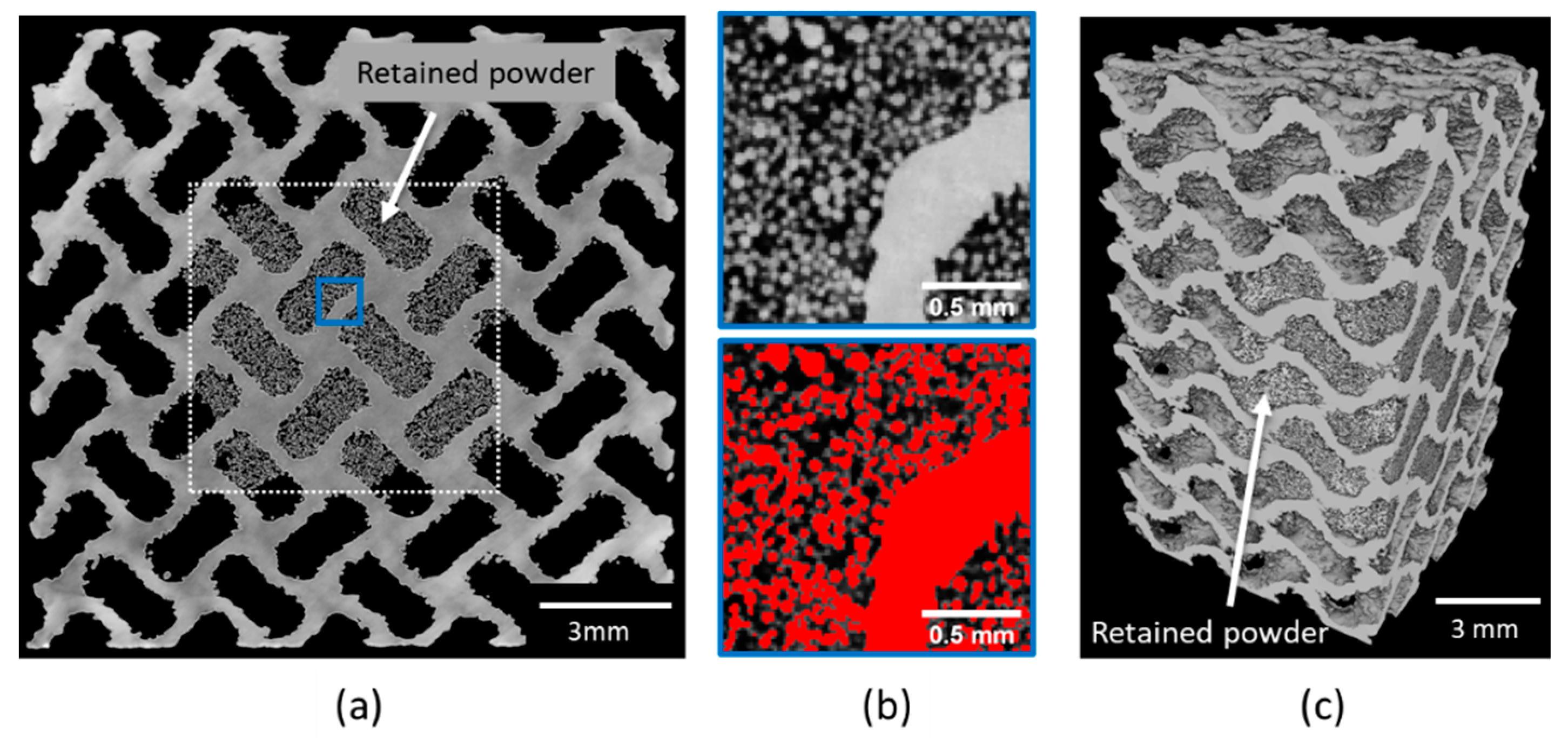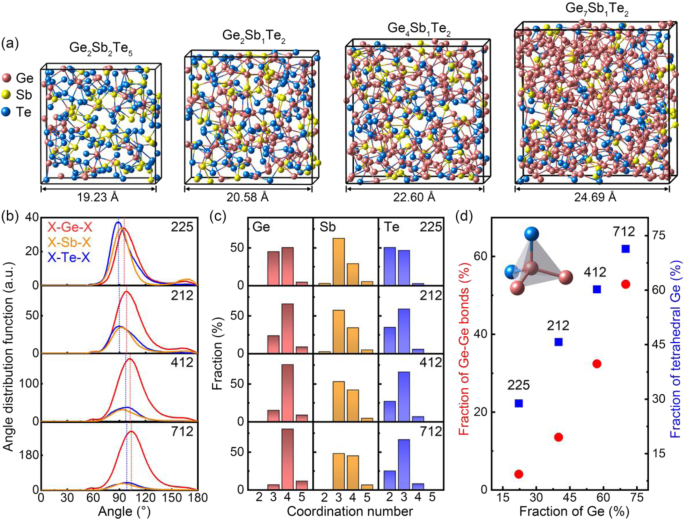
Forcite module of Materials Studio (Accelrys, San Diego, USA) to sample low. The performance of global optimizers in particular can be greatly improved with the use of distributed computing. Next, molecular dynamics (MD) simulations were performed on these molecules via the. Current development of functional quasi-random nanostructured material systems (NMSs) mainly follows a sequential strategy without considering the fabrication conditions in nanostructure optimization, which limits the feasibility of the optimized design. High-performance computing techniques can be used to speed up simulation and optimization for very complex systems, or problems with large numbers of variables. Quasi-random nanostructures are playing an increasingly important role in developing advanced material systems with various functionalities. On the other hand, global optimizers search the entire problem space but typically require more calculations. Local optimizers provide fast convergence but risk converging to a local minimum rather than the overall best solution. They can also adapt material properties to fit measured data.ĬST Studio Suite contains several automatic optimization algorithms, both local and global.

Users can find the optimum design parameters to achieve a given effect or fulfill a certain goal. This enables users to study the behavior of a device as its properties change.


CST Studio Suite models can be parameterized with respect to their geometrical dimensions or material properties. properties of ternary ZnO1 xSx alloys by using special quasi-random structures.
Materials studio quasi random serial#
CST Studio Suite® offers automatic optimization routines for electromagnetic systems and devices. existed in CASTEP (Cambridge Serial Total Energy Package) module36,37.


 0 kommentar(er)
0 kommentar(er)
